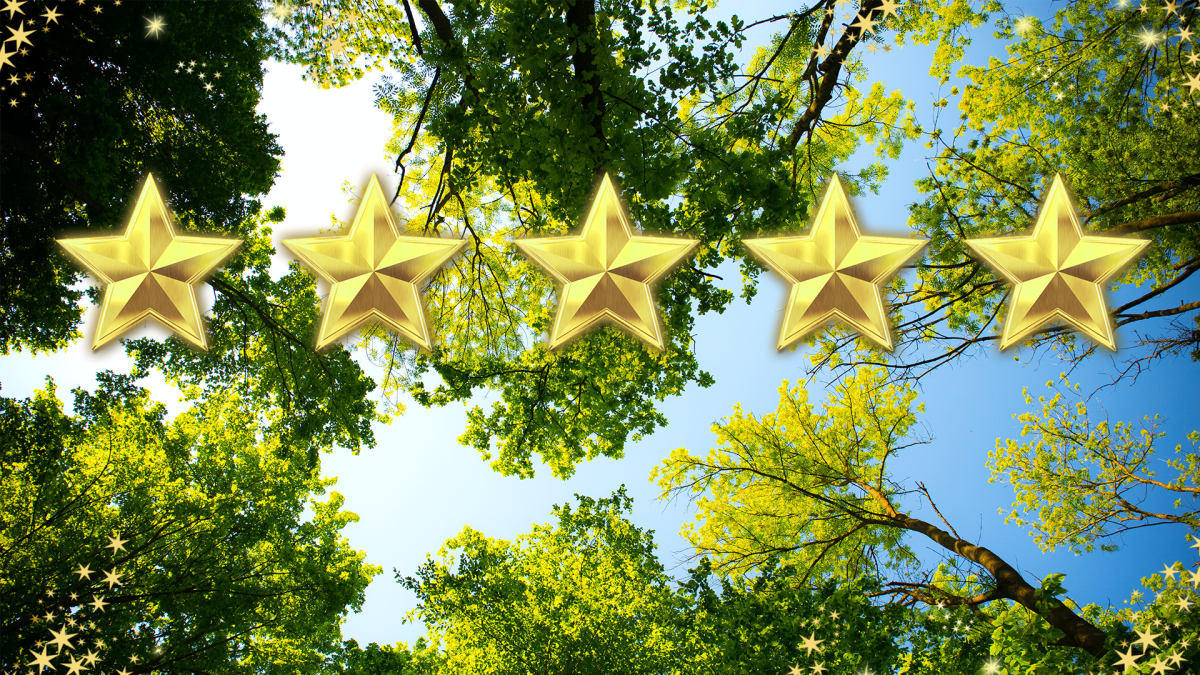This lesson is part of a project to isolate bacteria from soil and test it for antibiotic activity. This can be the start of the project or you can do lesson 1 soil microbes first. Though you do have
Students are challenged with making a simple hoop glider and then altering it to achieve the greatest possible distance before being given the opportunity to change hoop materials and achieve the
Students will begin the year working with a hydroponics system to observe plant growth. To start the students will be given a seedling and determine what the plant is as it goes through the life cycle
In this lesson students will be able to make their own slime using chemistry and chemical reactions then use their slime as a model for fractions while reading a short story called, "Slimey is Half."
In this lesson, students will build on what they understand about heat/energy transfer to research, design, and construct solar cookers.
In this lesson, students begin to develop questions about what is being wasted in our school. It could be waste during lunch or waste as an overall school. Students will conduct an investigation
This lesson helps kids have an understanding of how our eyes capture light. A camera captures pictures of objects using a similar way so in this experiment, kids will be making a camera using simple
This lesson is from Arizona Game and Fish Department. The lesson has students look at data on elk-vehicle collisions on State Route 260. The road is being widened to a two-lane divided road with elk
Introduction to how a solar panel works. Students get to explore how to power a fan and lights using a solar panel and a motor. Students get to see a diagram of a solar panel and start to make a model
Students will be reading an article and answering questions on Solar Panels to help them complete their model of how the solar panel converts the sun's energy into electricity,.
Students will increase efficiency of the solar panels by using angles. Students are given a solar panel, protractor, and a multimeter. They need to complete a pre- investigation plane before they
Students will first build and collect data on how fast their solar car is. Then students can change items to increase the efficiency of the solar panel to increase the overall speed of the solar car.
Context: This lesson takes place in a classroom for two or more class periods Students may work in small groups of 2-4. An emphasis on the experiment of making an indestructible Edison robot Creative
Students use the engineering design process to create paper rocket protoypes and complete a cost-benefit analysis to help choose the best one.
The lesson is designed for use as part of a unit on energy transfer within a system. Before doing this lesson, students should have a basic understanding of potential and kinetic energy. Students will
Using the Engineering Design Process, students work in teams to create a covered wagon that the Bee-Bot pulls as they program on a mat from Missouri to Oregon. Students are learning about the Western
Students use color theory, write recipes, and use an iterative design process to create a natural dye.
This is a series of lessons that discusses the process and factors that may affect and may not affect seed germination. This also builds the background of the students about the needs of the plants
In this lesson, students will apply the knowledge of calculating volume to determine the amount of soil they need to fill their planters. They will also use their skills to multiply and divide the
This lesson is part of a 4-Day mini-unit developed for 7th and 8th grade about Ethics and Artificial Intelligence. This introductory lesson can be used as a stand-alone lesson analyzing the meaning of
This lesson is part of a 4-Day mini-unit developed for 7th and 8th grade about Ethics and Artificial Intelligence. This lesson can be used as a stand-alone lesson to support understanding Artificial
This lesson is part of a 4-Day mini-unit developed for 7th and 8th grade about Ethics and Artificial Intelligence. This multi-activity lesson can be used as a stand-alone lesson to help students
This lesson is part of a 4-Day mini-unit developed for 7th and 8th grade about Ethics and Artificial Intelligence. This multi-activity lesson can be used as a stand-alone lesson to help students
Featured Lesson Plans
Check out these notable lesson plans.

Arizona Animal Crossing
In this lesson, students use the engineering process to solve a real-world problem along the I-10 in Arizona. Students analyze data about roadkill along a particular stretch on the I-10 just outside

Hoop Gliders: Day 4
Students will follow the Engineering Design Process to create a hoop glider out of straws and index cards and explore the forces of flight. Students will work on the 4Cs skills as they work together

Go through different STEM, reading, and writing activities with Roz and her friends in The Wild Robot. Students will problem solve, participate in discussions, and learn about artificial intelligence


